

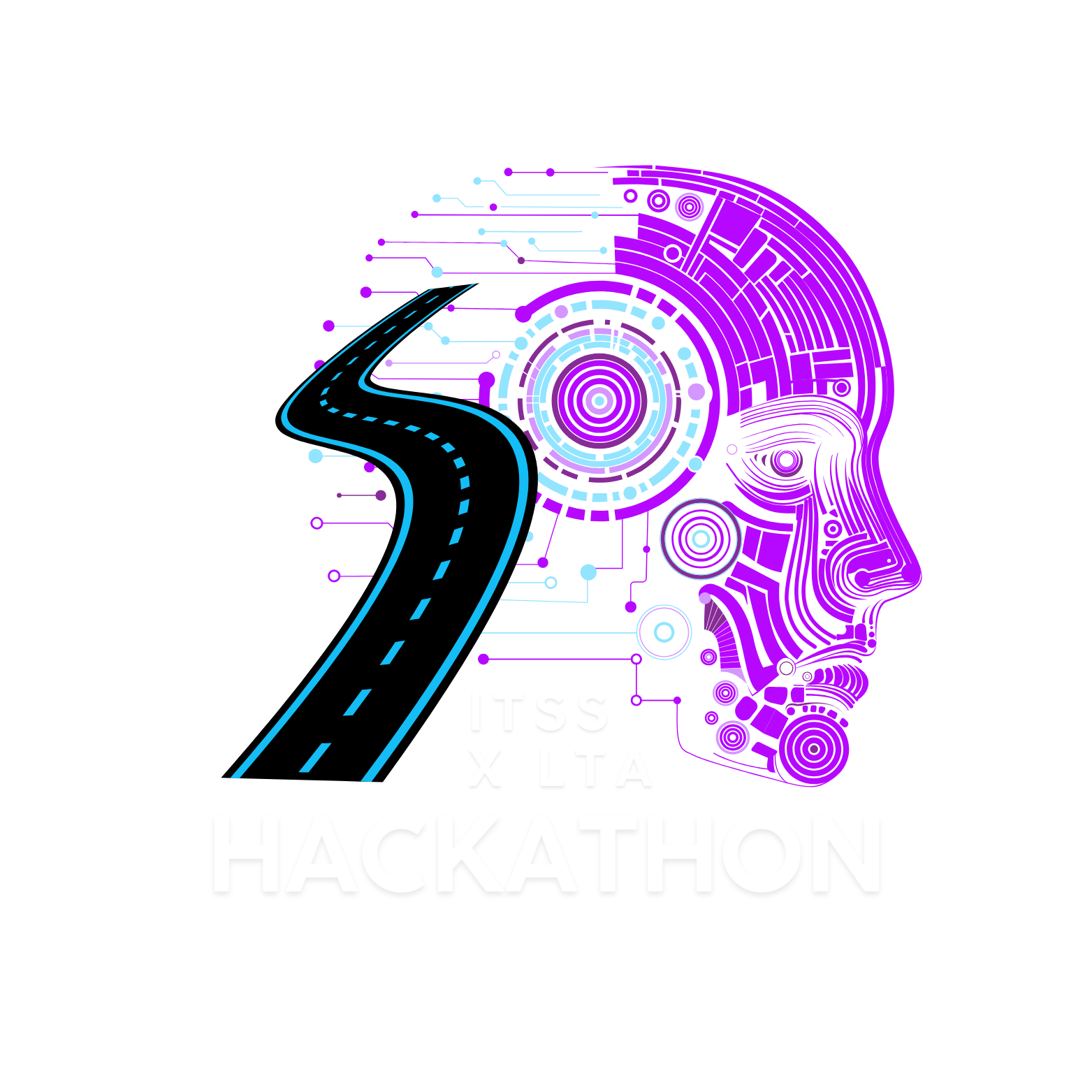
Making Our Roads Safer
The Intelligent Transport Systems (ITS) and mobility landscape is rapidly evolving, driven by disruptive technologies. Artificial intelligence, ubiquitous sensors, and advanced analytics are creating unprecedented opportunities to enhance road safety and efficiency through real-time data collection and analysis. This technological revolution opens up new avenues for harnessing data and digital tools to create a road network that is safer, more responsive, efficient, and user-friendly.The "Making Our Roads Safer" challenge, jointly organised by the Intelligent Transportation Society of Singapore (ITSS) and Land Transport Authority (LTA), invites participants to explore and exploit this wealth of data and digital tools to address real-world problems and improve road safety. The challenge focuses on key outcomes such as enhancing safety, improving traffic sense-making and management, and increasing the efficiency of traffic planning and operations through AI. Solutions developed during this hackathon have the potential to create safer, more efficient road environments and make a meaningful impact for all road users.
Challenge Details
Find out more about the task objectives, required deliverables, submission and presentation guidelines, as well as the evaluation criteria.
Find out more about the deadlines for registration, submission of deliverables, as well as the relevant event timings here.
Timeline


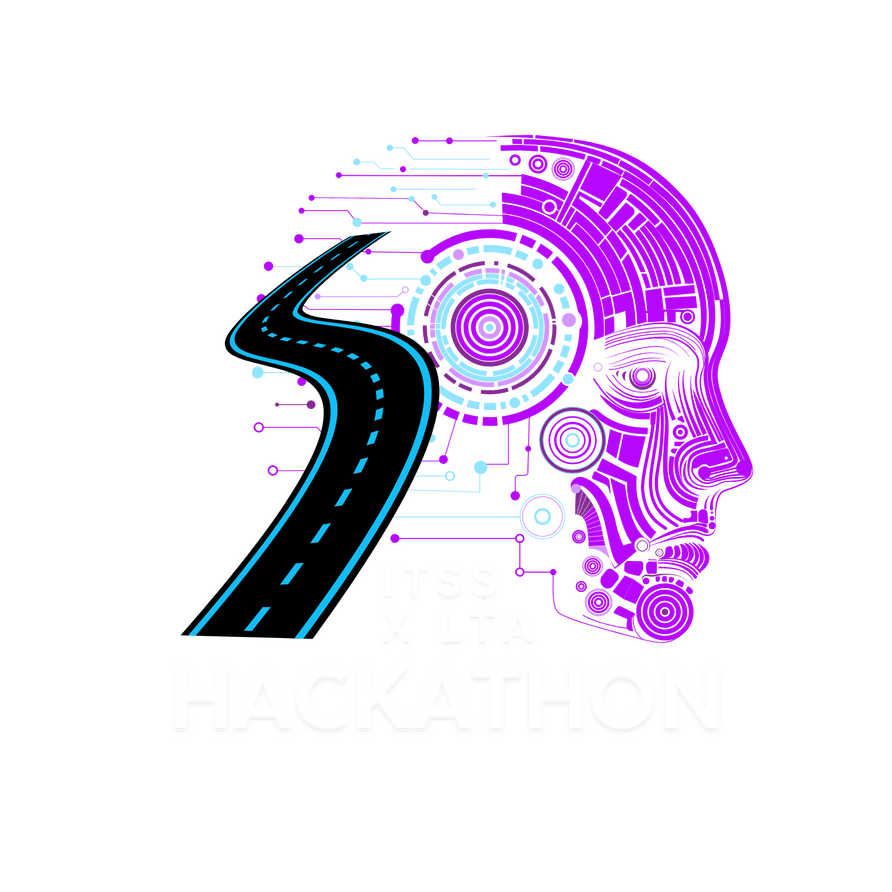
Hackathon Timeline


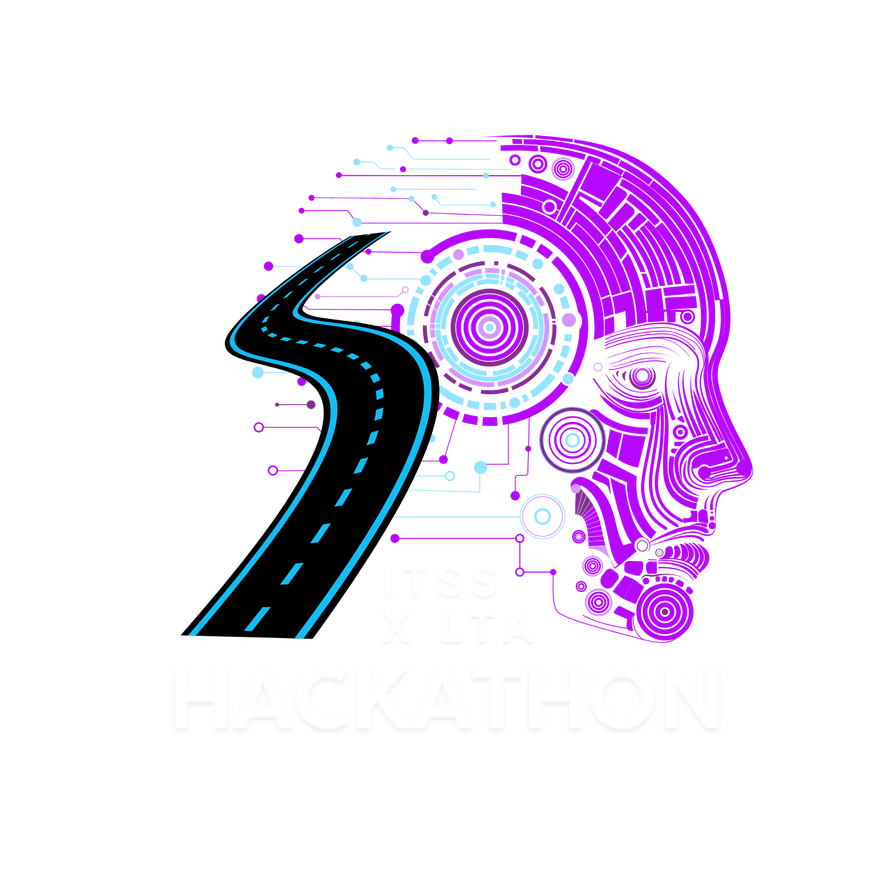
Challenge Details
Topic 1. Improving Traffic Sense-Making, Management, and Optimisation
Problem Statement: Traditional traffic operations rely on standard indicators like traffic speed, volume data from sensors, and incident detection from cameras. While effective, these tools often face limitations in geographic coverage due to the high costs of deploying sensors and cameras island wide. Participants are invited to develop innovative, data-driven approaches that enhance traffic sense-making, management, and optimisation beyond the constraints of traditional physical infrastructure.
How can we leverage diverse data sources, including third-party and crowdsourced information, to improve data coverage and timeliness in addressing traffic challenges, given the limitations of traditional physical infrastructure?
How can we design intuitive and effective visualisation dashboards that improve traffic monitoring, analysis, and decision-making for traffic engineers?
How can we leverage existing traffic data to develop innovative, data-centric traffic models that enhance traffic analysis and reduce reliance on complex simulation tools for the testing of alternative traffic scenarios?
Topic 2. Improving Safety
Problem Statement: Road safety remains a critical priority in Singapore, especially as our population demographics and mobility patterns evolve. With an aging population and increasing adoption of active mobility options like walking and cycling, we face new challenges in protecting vulnerable road users. These include elderly pedestrians, who may have reduced mobility or reaction times, as well as cyclists navigating busy streets. Additionally, motorcyclists continue to be at higher risk of severe injuries in accidents. To address these complex safety concerns, beyond targeted traffic measures and education, we need innovative, data-driven solutions. Participants are invited to harness cutting-edge technologies and data-driven insights to create innovative solutions that make our roads safer for everyone.
How can we utilise data to analyse and detect risky road user behaviours and develop innovative data-driven solutions to address and reduce such behaviours on the road? Examples of such behaviours include improper lane changes, jaywalking, speeding, tailgating and distracted driving or commuting (e.g. using mobile devices or headphones while walking/cycling).
How can we utilise diverse datasets (such as traffic intersections, traffic and driving patterns, weather, geospatial elements, demographics, etc.) to identify risk prone areas and develop proactive safety measures and alert systems?
Topic 3. AI-Based Traffic Planning and Operations
Problem Statement: AI is revolutionising industries worldwide, and traffic planning and operations are no exception. As an emerging trend, AI holds the power to transform and unlock innovative solutions on how we do traffic planning and operations. In traffic planning, we envision a future where AI-driven systems could use data to provide quicker traffic analysis to traffic engineers and planners and even proposed intelligent traffic management strategies that align with community needs. In traffic operations, AI has the potential to enable proactive, automated responses to dynamic traffic situations, enhancing operator’s decision-making, situational awareness, and efficiency.
Participants are invited to harness AI technologies and data to showcase innovative solutions that can transform traffic planning and operations, paving the way toward a smarter, safer, and more sustainable transport networks for all.
How could AI be integrated to support traffic analysis, planning, impact assessment and operations?
Submission Details
Categories and Groupings
Form teams of up to 4 members
Student Category: All current diploma, undergraduate and graduate students from ITE, Polytechnics and Universities in Singapore
Open Category: All others who do not fall under Student Category
Expected Deliverables
Clear definition of the pain points and the rationale for selecting them
Explanation of the proposed solution
Functional prototype that showcases the capabilities and impact of the proposed solution
Presentation or demo to communicate the innovation, technical approach and business value of the solution
Submission Requirements
Executive summary (1 page):
Summarise the key points of the proposal
Presentation slides:
Explanation of the challenges, how the solution is derived, and the demonstration of software tools and services used
Do include only essential points and ensure that all the information is visible during your presentation.
References and links to be placed on last slide.
Video Presentation (10 minutes max):
Provide an overview of the solution and demonstration
Submit the file in mp4 format
Submission Format
Clear definition of the pain points and the rationale for selecting them
Explanation of the proposed solution
Functional prototype that showcases the capabilities and impact of the proposed solution
Presentation or demo to communicate the innovation, technical approach and business value of the solution
Submission Link
Evaluation Criteria
Business value and practical impact
Innovation and creativity
Technical soundness
Scalability and sustainability
Storytelling and presentation
Terms and Conditions


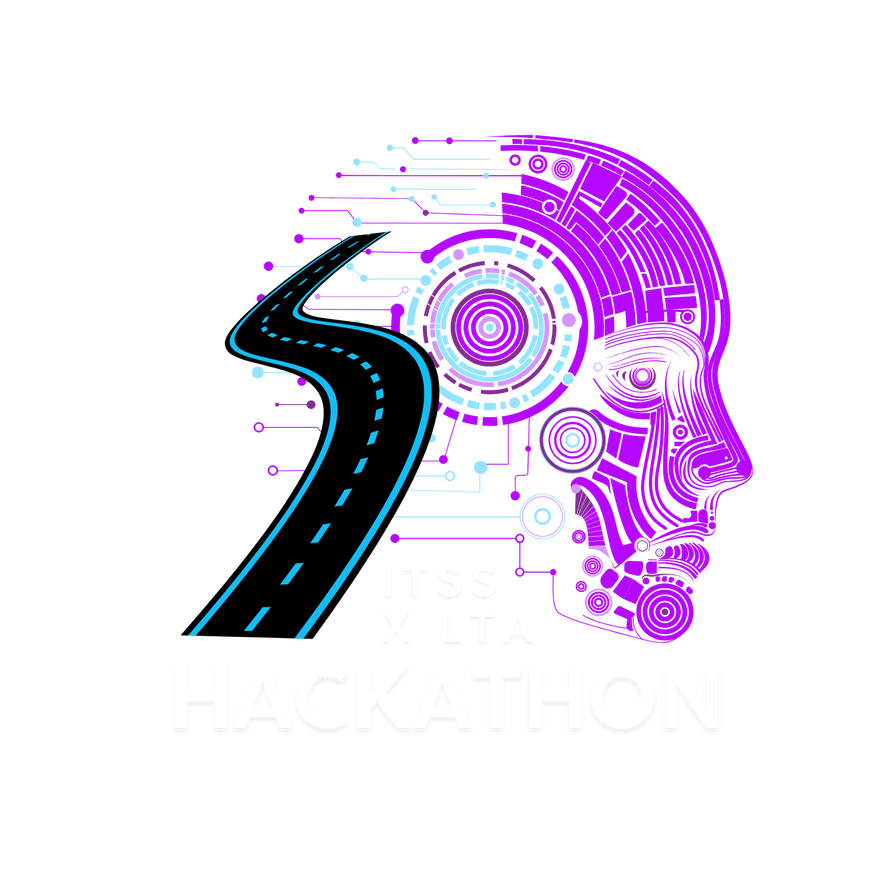
Judges

Lam Wee Shann
| Deputy Chief Executive (Technology), Land Transport Authority |
|---|
| Mr Lam oversees that technology cluster in LTA, which covers areas in IT, cybersecurity, Autonomous Vehicles (AV), Electric Vehicles (EV), open innovation, industry development and academies. Before joining LTA, he held diverse roles across the Singapore government, including in the Ministries of Transport, Ministry of Defence and the Singapore Armed Forces. |

Alvin Chia
| Senior Group Director, Traffic & Road Operations, Land Transport Authority |
|---|
| Mr Alvin has been with the Land Transport Authority since 1995, holding key roles in land transport policy and project development. He currently oversees LTA's road assets, plans asset renewal, deploys intelligent transport systems, manages road incidents, regulates road works, enforces vehicle and active mobility rules, and implements road safety schemes. Previously, he was the Registrar of Vehicles and Chief Executive of the Public Transport Council, where he helped keep fares affordable while supporting the viability of public transport operators. |

Howie Sim
| Acting President, ITS Singapore |
|---|
| Mr Howie Sim is the Acting President of Intelligent Transport Systems Singapore and leads the Transport Client Service Unit at NCS, supporting clients in their digital transformation and future business planning. With over 25 years of experience in management and information technology consulting, as well as business process outsourcing, he has led major transformation projects and managed key client relationships. He has also served as an industry practice lead in transport and education across Asia-Pacific, ASEAN, and Singapore. |


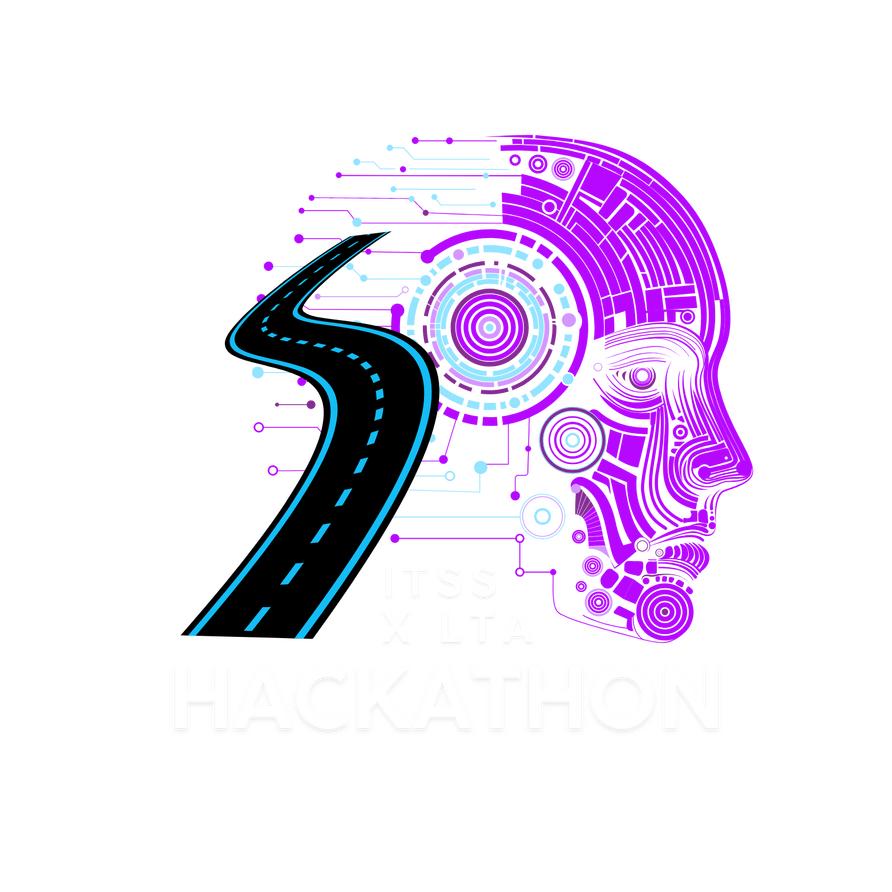
Prizes
Student category

OPEN CATEGORY

